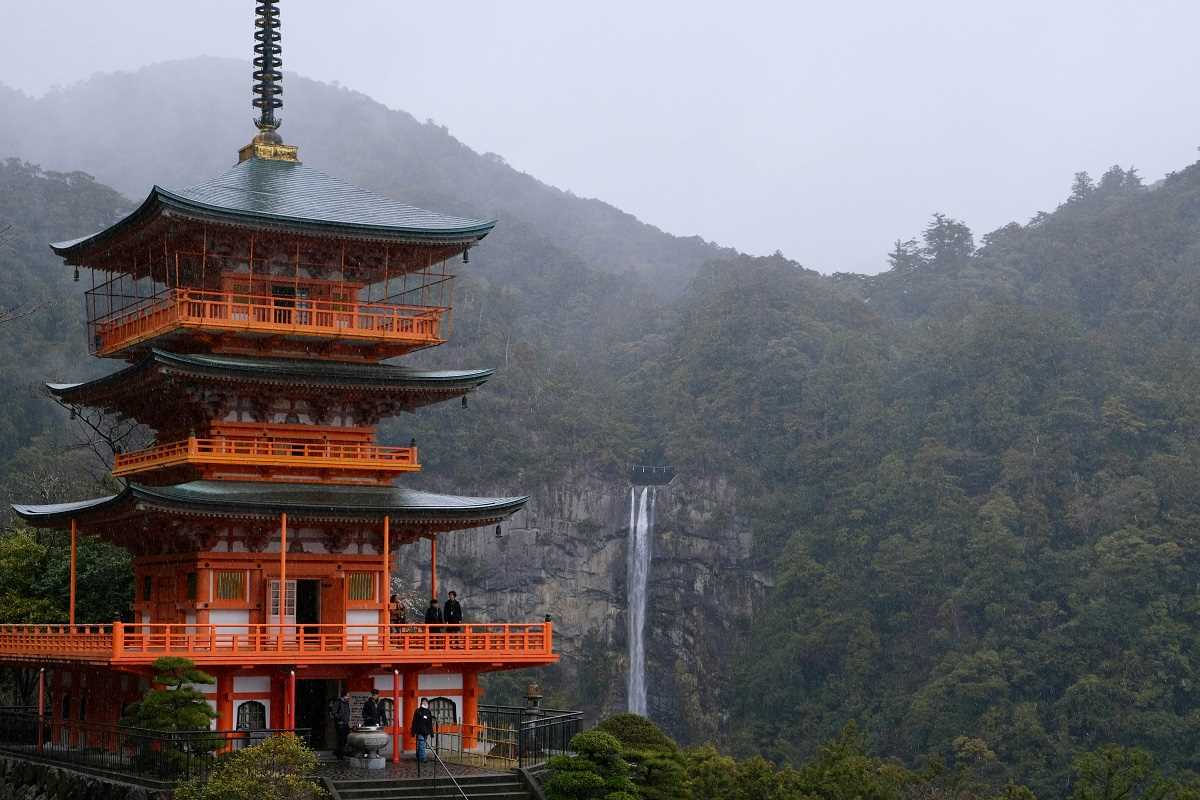Sacred sites around the world hold immense cultural, historical, and spiritual significance. From Buddhist temples in Thailand to Shinto shrines in Japan and Tibetan monasteries, these spaces are more than just beautiful landmarks. They represent the heart of local traditions and beliefs. While sacred sites are open to visitors, they carry unique customs that require our respect and understanding. By learning proper etiquette, you not only show your appreciation for these spaces but also deepen your travel experience. This guide will walk you through the essential cultural etiquette tips to help you visit sacred sites respectfully and enrich your adventures.
Why Cultural Etiquette Matters
Sacred sites are not just tourist attractions. For many, they’re active places of worship and symbols of cultural identity. Imagine how you’d feel if someone disrupted an important or meaningful moment for you, even unknowingly. By respecting the customs at these sites, you demonstrate your appreciation for the community’s values and create meaningful connections during your travels. It’s also an opportunity for personal growth. You're able to slow down, observe, and learn from cultures different from your own.
1. Dress Modestly and Thoughtfully
An easy way to show respect is by dressing modestly when visiting sacred sites. Many places have strict rules about clothing. For instance, Thai Buddhist temples often require clothing that covers knees and shoulders. Some larger temples even provide cover-up garments for visitors who arrive in shorts or tank tops. It’s a good idea to pack a scarf or shawl in your bag for quick adjustments.
Avoid wearing flashy or overly casual attire, even in hot climates. Neutral tones are generally preferred over loud patterns. Respect the local context and remember that what may be fine for a hike or beach day might not be appropriate for a sacred site.
2. Remove Your Shoes When Necessary
It’s common to see shoe removal policies at sacred sites like mosques, Hindu temples, and Buddhist shrines. This practice symbolizes purity and helps maintain the cleanliness of prayer spaces. To make things easier, wear slip-on shoes or sandals so you’re not struggling at the entrance. If barefoot walking isn’t your thing, consider bringing clean socks.
Pay attention to cues like signs or rows of shoes left outside, and follow what others are doing. If in doubt, ask staff or guides before entering.
3. Respect Photography Rules
While you might want to snap photos of every corner of a sacred site, photography restrictions vary widely. Many Shinto shrines in Japan, for example, prohibit taking pictures in certain areas, especially inside prayer halls or near altars. These rules are in place to preserve the sanctity of the site and sometimes to protect delicate artifacts or artwork.
At sites that allow photography, avoid being intrusive. Refrain from using flash, taking selfies during ceremonies, or photographing worshippers without permission. Always look for posted signs and don’t hesitate to ask a guide or staff member if you’re unsure.
4. Be Peaceful and Quiet
Sacred sites are places of calm and reflection for devotees and visitors alike, so keeping noise to a minimum is essential. Lower your voice, silence your phone, and avoid loud conversations. If you’re visiting with children, prepare them in advance by explaining the importance of staying quiet.
Some areas within sacred sites are specifically reserved for prayer or meditation. Observe the behavior of others and follow suit. A moment of silence can make your visit even more meaningful.
5. Spin Prayer Wheels with Intention
During visits to Tibetan Buddhist temples, you’re likely to encounter prayer wheels, which are beautifully crafted and filled with sacred mantras. These wheels should always be spun clockwise, a motion that aligns with the sun’s path and is considered auspicious. Turning the wheels this way is believed to release blessings into the world. Avoid spinning them mindlessly or for fun, and instead, take a moment to appreciate their spiritual significance.
Prayer wheels, whether handheld or larger ones at temples, are an integral part of Tibetan Buddhist culture. Interacting with them thoughtfully can enhance your experience and show respect for their traditions.
6. Understand Local Customs
Every sacred site has its own unique practices. For example, in Islamic mosques, it’s customary for men and women to enter through separate doors or pray in different areas. Hindu temples often require visitors to walk around sanctums in a clockwise direction. The specifics vary, but understanding local customs shows you’re making an effort to respect the culture.
Engage with guides or read up on the site beforehand to familiarize yourself with any rituals or practices expected of visitors. Often, a small gesture of conformity to local traditions is deeply appreciated.
7. Don’t Touch Religious Artifacts or Objects
While sacred objects like statues, altars, or relics might seem fascinating, touching them is generally not allowed unless explicitly invited. These items are imbued with religious meaning and can be damaged by frequent handling.
For example, in Thai temples, turning your back to a Buddha statue is considered disrespectful, so always back away slowly. Similarly, some Tibetan prayer wheels have specific rules for proper interaction. Observe first, and if you’re unsure, it’s best to simply admire without touching.
8. Offer Thoughtful Donations or Participation
Many sacred sites welcome offerings, such as lighting a candle in a church, leaving coins at a shrine, or presenting flowers at an altar. It’s an optional but thoughtful way to engage. If you choose to make an offering, do so with authenticity rather than treating it as a photo opportunity.
For example, in Bali, temples often encourage visitors to light incense or make small monetary donations while wearing traditional sarongs provided onsite. Follow the guidance of staff or locals to ensure your participation aligns with the site’s customs.
9. Respect Active Worship
It’s not uncommon to come across ceremonies or rituals during your visit. Watching from a respectful distance is fine, but interrupting for a closer view or picture isn’t. Don’t walk through areas reserved for worshippers, and never photograph ceremonies without permission.
If in doubt about where to stand or whether a specific area is accessible, follow marked paths or ask politely.
10. Avoid Littering and Leave No Trace
Preserving sacred sites for future generations is a collective responsibility. Always dispose of your trash properly, or better yet, pack it out if no bins are provided. Never carve your initials or leave marks on walls or structures. By respecting the physical space, you’re helping to maintain its spiritual essence.
Ultimately, visiting these spaces as a traveler requires respecting something larger than ourselves. With these simple etiquette tips, your travels to sacred sites can leave both you and others uplifted.







